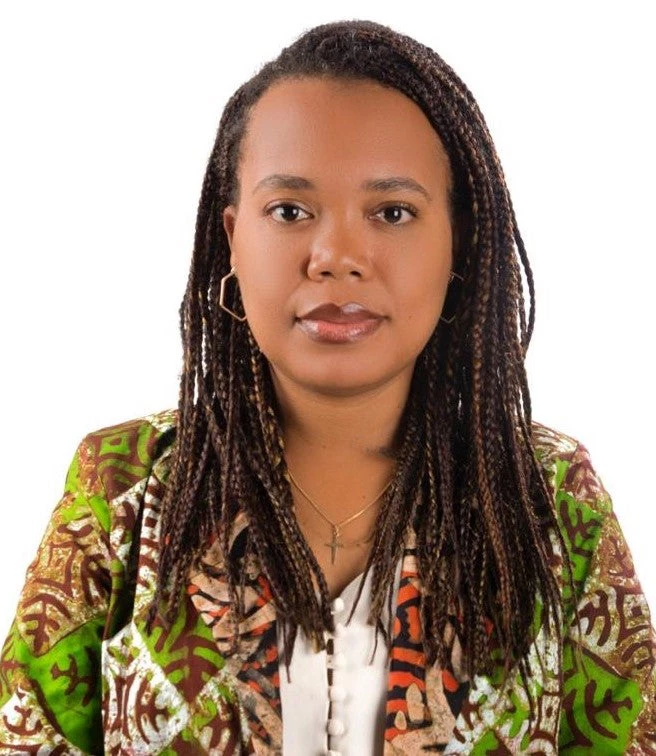
Effective policy-making needs to be informed by data. Without accurate and timely data, one misses a fundamental ingredient for deciding on priorities and needs, designing adequate policies, and tracking progress. This is also—and particularly—true for policies to narrow gender gaps. Gender gaps, for what is known, are stark in Congo: Disparities cut across different socio-economic domains including human capital accumulation, earnings, asset ownership, and entrepreneurship. Yet, accurate data on those gaps, specifically those in the economic sphere, are scarce as the gender data gap assessment results shared below highlight.
What is the status of economic gender data gaps in Congo?
The Congo National Institute of Statistics works closely with the World Bank Strengthening Gender Statistics (SGS) team, through a project launched by the World Bank Poverty Global Practice, Development Data Group Living Standards Measurement Study team, and Gender Group in October 2020, which is providing technical assistance to a total of 12 partner countries[1] to improve gender data collection, analysis, and dissemination, with a focus on the economic domain. The first step of the engagement with partner countries is to conduct a gender data gap assessment (GDGA), which provides a detailed assessment of the availability of 24 sex-disaggregated indicators related to asset ownership, work and employment, and entrepreneurship drawn from the Sustainable Development Goals (SDGs) and the United Nations Statistics Division Minimum List of Gender Indicators. The assessments of these 24 SGS priority indicators for each country follow the methodology outlined in our guidance document How to Assess Gender Data Gaps in the Economic Domain: Guidance and Baseline Results for the Strengthening Gender Statistics Project’s Partner Countries. For Congo, the GDGA shows that the country faces two major challenges regarding gender data production:(i) the lack of relevant data for several gender indicators and (ii) the absence of adequately calculated relevant gender indicators even when the data are appropriately collected. Concretely, the GDGA finds that currently:
- 1 indicator is partially calculated and published. Yet, this indicator (the proportion and number of children aged 5-17 years engaged in child labor, by sex and age (SDG 8.7.1)), misses disaggregation by age.
- 11 indicators (including 10 of the 17 employment indicators) are unavailable despite relevant data already being collected;
- 12 indicators (including all 5 asset indicators) are unavailable because the relevant data are not collected.
In sum: None of the 24 SGS priority indicators are currently properly calculated and published, which means that policymakers do not have the data to properly track women’s economic participation or asset ownership. Without knowing how many women engage in paid or unpaid work or own a bank account, mobile phone, or land, Congolese policymakers cannot implement evidence-based policies or services that work to improve women’s economic opportunities.
While the GDGA results shed light on the specific challenges facing the country with respect to gender data, at the same time, the assessment shows concrete and tremendous opportunities to enhance gender data through data collection, analysis, and dissemination.
On data collection: the main reasons for Congo’s lack of data for several employment-related indicators and for all five asset ownership indicators are incomplete questionnaires, in which relevant questions or modules are missing, and inappropriate data collection. The questionnaire of the second Congo Household Survey (Enquête Congolaise auprès des Ménages, ECOM 2) conducted in 2011 didn’t collect employment data related to time use and occupational injuries. Regarding asset ownership, the questionnaire didn’t collect data on bank account ownership. While the questionnaire included questions on mobile phone and land ownership this was done only at the household level, rather than the individual level, which does not allow for the production of relevant gender indicators. In the case of land, collecting data at the household level means that the landowner cannot be clearly identified and that exclusive or joint ownership as well as individual rights over land (right to sell, to bequeath, etc.) cannot be assessed.
On data analysis: In Congo, data are properly collected for 12 indicators but only one of those indicators is calculated and published – meaning the data for the other 11 indicators are not used to produce internationally standardized gender indicators.
How will the SGS project help tackle gender data gaps in Congo?
Jointly with the Congo National Institute of Statistics, the SGS team will tackle these problems through technical assistance from data collection to dissemination.
Collect! The SGS team will build on the ongoing World Bank-supported Congo Harmonized Household Living Standard Survey (Enquête harmonisée sur les conditions de vie des ménages au Congo, EHCVM-C) which now accurately collects data for several SGS priority indicators including for time use, ownership of agricultural land, mobile phones, and bank accounts. Yet, four SGS priority indicators still cannot be calculated from the EHCVM-C questionnaire: two on occupational injuries and two on non-agricultural land. SGS worked with the National Statistics Office of Congo to ensure that the relevant questions or modules to collect data for these indicators can be incorporated adequately in future surveys.
Calculate! Technical assistance on gender indicator calculation through the SGS project will help further increase the number of available indicators from 0 to 20, as shown in the visual above. These 20 available indicators will have the status “Available - Meets all aspects of the indicator definition and data not regularly collected” as there is no information that indicates whether the EHCVM-C will be a regular survey.
Disseminate! To improve gender data dissemination in Congo, the SGS project will work with the National Institute of Statistics to produce a gender factbook using the indicators produced from the EHCVM-C. It will also support the integration of relevant gender indicators in other statistical publications including survey reports, statistical yearbooks, social and economic dashboards, etc.
In sum: The support through the SGS project will increase the number of available economic gender indicators following international recommendations from 0 to 20 by end of 2023. Such an increase in available data will allow policymakers in Congo to have a better understanding of gender gaps in time spent on unpaid domestic work and paid work, wages received, entrepreneurship, and ownership and secure rights to land. These data can help tailor policies aiming to increase women’s access to the labor market, especially in certain fields, expand childcare and eldercare services, address the gender wage gap, increase women’s access to managerial positions, and remove barriers to owning businesses and land. Regular publication of these gender indicators is not only key to tracking Congo’s progress in addressing gender gaps but also to identifying which policies have worked.
This blog is an output of the Strengthening Gender Statistics project. Core team members include Anna Bonfert, Sarah Bunker, Heather Moylan, Miriam Muller, and Kolobadia Nayihouba.
[1] The other 11 partner countries include Bangladesh, Benin, Burkina Faso, Cameroon, Djibouti, Ghana, Laos, Madagascar, Mali, Somalia, and Tanzania.






Join the Conversation